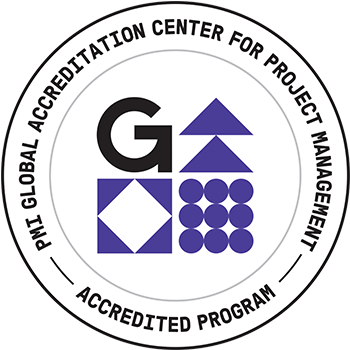
 Paper (52): Leveraging on Unmanned Ariel Vehicle (UAV) for Effective Emergency Response and Disaster Management
Paper (52): Leveraging on Unmanned Ariel Vehicle (UAV) for Effective Emergency Response and Disaster Management
Abstract: Over the past two decades, the impact of disasters has been devastating, affecting 4.4 billion people, resulted in 1.3 million causalities and $2 trillion in economic losses. Global climate change and worldwide instabilities have affected urban areas. In spite of all the technological advances, the impacts of natural and manmade disasters in urban areas represent an increasing challenge – therefore effective mitigation and emergency response strategies are pivotal. Concerning post-disaster reconstruction scenario, the most significant factor is accessibility to the disaster affected area and timely response based on best possible information available. Effective emergency response and sustainable post-disaster reconstruction are crucial and lie at the heart of disaster management agencies in almost every cautious country around the globe.
The complex and multi-faceted processes of post-disaster recovery and reconstruction extend well beyond the immediate period of restoring basic services and life support infrastructure. While immediate restoration of services can be a matter of weeks, full recovery can stretch out 10-15 years. The success of the reconstruction phases, i.e., rescue, relief, and rehabilitation, is mainly dependent on the accessibility to the site, availability of efficient project teams and timely information to make informed decision. Using UAV to access the affected areas and to monitor and capture data to make well-informed decisions, combined with the efficiency of a project team and strong coordination, project success should increase.
This paper presents potential application of UAV for accessibility to affected areas, monitoring, and capturing timely and useful information for enhancing prompt and effective sustainable disaster management. The UAV with mounted imaging device will access to disaster struck areas and capture timely and useful information for making more informed decisions for effective, timely and sustainable response in post-disaster scenarios.
The potential application of UAV would be helpful for emergency response management teams to access areas that are otherwise not accessible, take timely measures by learning from captured information, making informed decisions related to effective emergency response and disaster management processes undertaken by emergency management agencies. Professionals need to have access to disaster struck areas to respond to emergency and provide urgent and critical life saving aids. Timely access and information will support a better and more efficient system for sustainable disaster management. Hence, the study is valuable for all professionals involved with research and development of emergency response and sustainable disaster management strategies.
Biography: Shahab Moeini is currently completing a doctorate degree in Business Administration with a focus on organizational management with the University of Liverpool in the UK. He holds a Master of Science in Geospatial Science from the University of Salzburg and a Bachelor of Science in Natural Resource Engineering (Water Resources) from the Azad University in Iran.
Shahab started his professional career as an emergency construction manager and worked six years as a manager in charge of rehabilitation and reconstruction of municipal infrastructure after natural disasters or conflicts. He then worked 10 years as a water resources and soil engineer in water infrastructure project management before joining international organizations as a water and habitat engineer, leading projects in conflict and post-conflict zones throughout Africa, Asia, and the Middle East. In addition to his work as an instructor, Shahab is also the director of a Canadian-based consulting firm, providing project management and strategic advice to international organizations.

